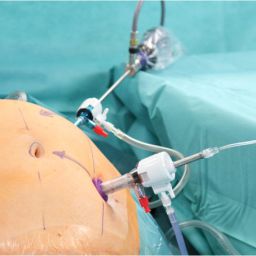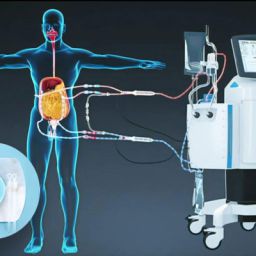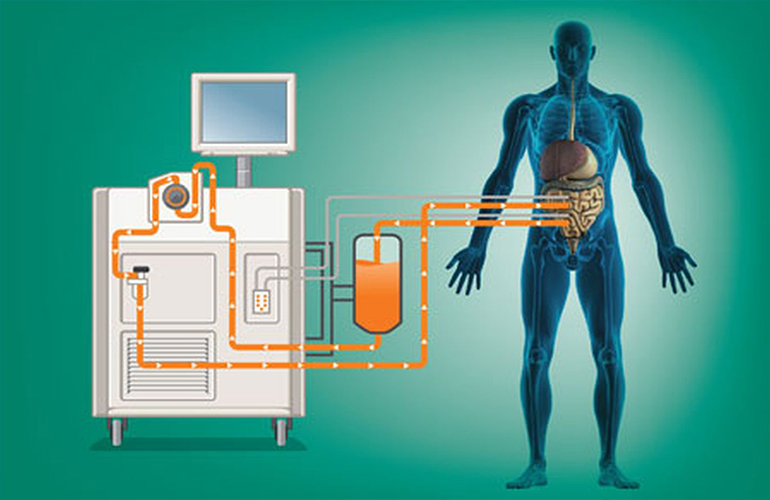
1. Understanding the HIPEC Procedure
Before delving into the recovery process, it is important to understand how HIPEC works:
- Procedure Overview: HIPEC involves two key components: surgery to remove visible tumors and the introduction of heated chemotherapy directly into the peritoneal cavity. This allows for a higher concentration of chemotherapy to reach cancer cells while minimizing exposure to other organs.
- Benefits of HIPEC: HIPEC is often used for cancers that have spread within the peritoneal cavity. Its goal is to eliminate microscopic cancer cells that might be missed during surgery. By using heat, it enhances the effectiveness of chemotherapy drugs, making the treatment more potent than traditional intravenous chemotherapy.
2. Immediate Post-Surgery Recovery: What Happens Right After the Operation?
Immediately following the HIPEC procedure, patients are transferred to a recovery unit where they are closely monitored. Here’s what to expect in the first few days:
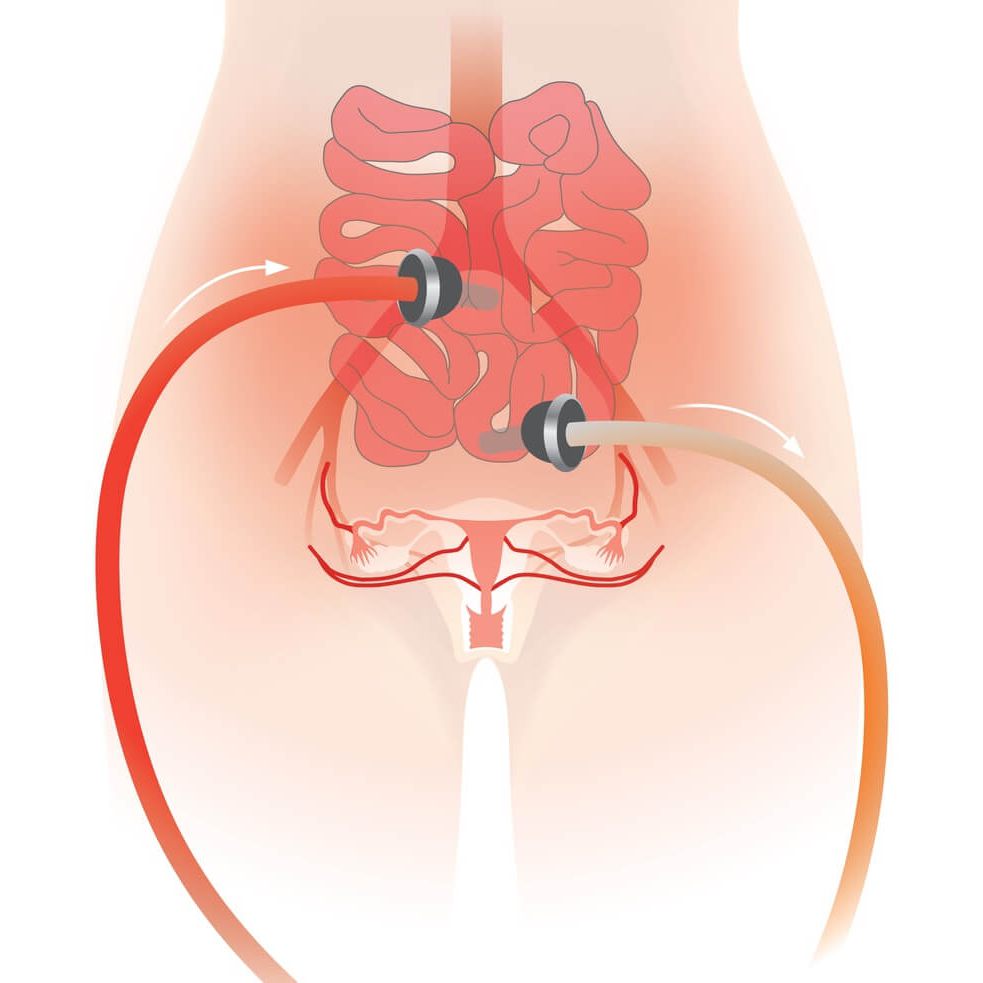
- Anesthesia and Sedation Effects: After surgery, patients are still under the effects of anesthesia, and it may take several hours to fully regain consciousness. Pain management is an essential part of the recovery process, and patients may be given medications to alleviate pain and reduce inflammation.
- Monitoring and ICU Care: Due to the complexity of HIPEC surgery, patients may require intensive care post-surgery. The monitoring focuses on vital signs, managing potential complications, and ensuring that chemotherapy agents used in HIPEC do not adversely affect organs.
- Pain Management: Patients can expect some level of discomfort after surgery, as abdominal incisions need to heal, and the body reacts to the chemotherapy treatment. Pain relief can be managed through intravenous medications, epidural analgesia, or oral medications, depending on the patient’s condition.
- Initial Side Effects: Common early side effects include nausea, bloating, fatigue, and swelling in the abdominal area. These symptoms are typically temporary, but they can vary depending on the individual’s health status.
3. Hospital Stay: Length and What to Expect
The duration of a hospital stay after HIPEC surgery varies based on the patient’s overall health, complications, and recovery progress:
- Typical Length of Stay: Most patients stay in the hospital for about 7-10 days, though this can extend if there are complications or if the patient’s body requires more time to recover.
- Early Mobility and Physical Therapy: Encouraging early mobility is an important part of recovery. Patients are encouraged to start walking short distances soon after surgery to prevent blood clots and improve circulation.
- Potential Complications and Their Impact on Recovery: In some cases, complications such as infections, blood clots, or problems with bowel function can delay recovery. Patients should be monitored for signs of complications like fever, persistent pain, or changes in bowel movements.
4. Pain Management and Managing Post-Surgical Discomfort
Pain management is a crucial part of recovery, as it allows patients to focus on their rehabilitation and daily activities:
- Pain Relief Methods: In addition to medication, other techniques such as nerve blocks, epidural pain management, and relaxation exercises may help reduce pain. These methods are designed to control discomfort while minimizing the risk of dependency on opioids.
- Timetable for Pain Reduction: While pain is most intense during the first few days after surgery, patients should notice a reduction in discomfort as they progress. Managing pain effectively in the first few weeks is vital for faster recovery.
- Mobility Challenges: After a major surgery like HIPEC, movement can be limited due to pain and weakness. A gradual return to normal activities, including walking, standing, and sitting up, is encouraged.
5. Diet and Nutrition Post-HIPEC: How to Support the Healing Process
Nutrition plays a significant role in the recovery process after HIPEC:
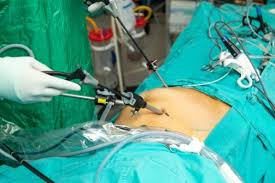
- Importance of Adequate Nutrition: The body requires energy to heal, and proper nutrition helps to accelerate recovery, especially after a major surgical procedure. Nutrients like protein, vitamins, and minerals are essential for wound healing and immune system support.
- Dietary Guidelines Post-Surgery: During the initial recovery phase, patients may be instructed to follow a clear liquid diet before gradually progressing to soft foods and solid foods as their digestive system resumes normal function.
- Challenges with Eating and Digestion: Patients may experience difficulty eating due to nausea or a lack of appetite. In these cases, nutritionists may recommend liquid meals or enteral nutrition through feeding tubes to ensure adequate calorie intake.
- Hydration and Avoiding Dehydration: Post-operative dehydration is common due to both surgery and chemotherapy. Monitoring fluid intake and output is essential during recovery.
6. Managing Emotional and Psychological Impact
The emotional journey following HIPEC surgery can be as challenging as the physical recovery:
- Emotional Effects of Surgery: Patients may experience a range of emotions such as fear, anxiety, and depression, especially during the first weeks after surgery. The realization of facing cancer treatment and the unknowns of recovery can be overwhelming.
- Psychological Support and Counseling: Support groups, one-on-one counseling, or therapy may be recommended to help patients cope with the emotional toll. Cognitive-behavioral therapy (CBT) and mindfulness techniques can help manage stress and promote a positive mindset.
- The Role of Family and Caregivers: A strong support system is essential for the emotional and mental well-being of patients. Family and caregivers should be educated on the patient’s condition and recovery process to provide the best care and comfort.
7. Post-Surgery Follow-Up and Monitoring for Complications
After being discharged from the hospital, ongoing monitoring is critical:
- Follow-Up Appointments: Regular visits to the oncologist and surgeon are necessary to monitor recovery, detect complications early, and assess the effectiveness of the HIPEC procedure. Imaging tests like CT scans and MRIs may be used to check for cancer recurrence.
- Signs of Complications: Patients should watch for warning signs such as fever, severe abdominal pain, trouble breathing, or changes in bowel function. Immediate medical attention should be sought if these symptoms arise.
- Recovery Milestones: Recovery milestones may include a gradual return to work, resuming normal activities, and improvements in physical strength. Over time, most patients can resume a normal life, although follow-up cancer treatments or surveillance may still be necessary.
8. Long-Term Effects of HIPEC and Maintaining a Healthy Lifestyle
- Long-Term Side Effects of HIPEC: Some patients may experience long-term side effects, such as digestive issues, fatigue, or neuropathy. These side effects typically improve over time but should be managed with the help of a medical team.
- Maintaining a Healthy Lifestyle: After the initial recovery, patients are encouraged to maintain a healthy lifestyle that includes regular exercise, a balanced diet, and routine cancer screenings. Staying active and following a nutrition plan can help ensure long-term health.
- Quality of Life After HIPEC: While the recovery from HIPEC can be challenging, many patients report improved quality of life due to the removal of cancerous cells and the increased chances of survival.
9. The Road to Full Recovery and Empowerment
Recovery after HIPEC is a journey that requires patience, care, and a multidisciplinary approach. While the road to full recovery can be long and filled with challenges, many patients experience improved survival rates and quality of life after the procedure. Understanding the recovery process, addressing physical and emotional health, and having a support network in place are key to navigating the recovery journey successfully. With the right care, patients can look forward to a healthier and more hopeful future.


